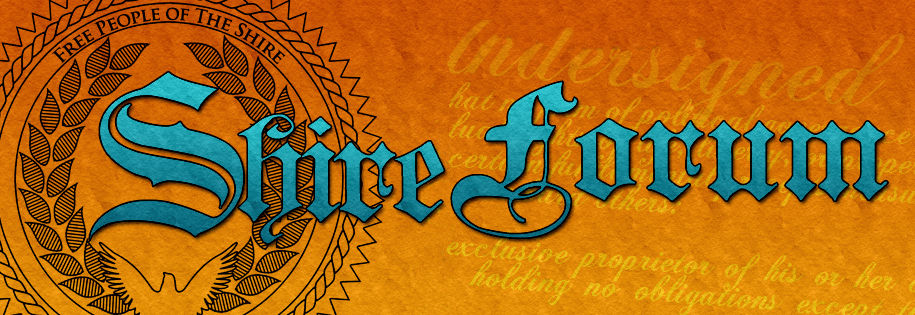Most of the stuff discussed in this forum revolve around political interests, and political action.
What follows is an attempt to characterize NH based on other parameters as well.
Back in the time of COVID, it seemed like the Christian churches took the lead wrt assemblies of more than a certain number of people. Obviously this was important for attendance at weekly religious assemblies. We often here about “Bible Belt” resistance to liberty. So I wondered, what is the religious profile of NH, compared to other states.
The United States is (at least used to be) forbidden to ask questions about religious affiliation. I have therefore looked elsewhere for data for the 50 states about religious affiliation. The following is taken from Alabama – American Values Atlas
States with a Christian population above 80% are
92% Mississippi
85% Arkansas
84% Alabama
83% Louisiana
83% South Carolina
82% South Dakota
81% Nebraska
At the other end of the spectrum, states with less than 60% of the population Christian are
59% New Hampshire
57% Washington
53% Oregon
51% Ohio
States with more than 30% of the population “unaffiliated” are
37% Oregon
35% New Hampshire
33% Washington
32% Vermont
States with less than 15% “unaffiliated” are
14% Louisiana
13% Arkansas
11% Alabama
10% Mississippi
